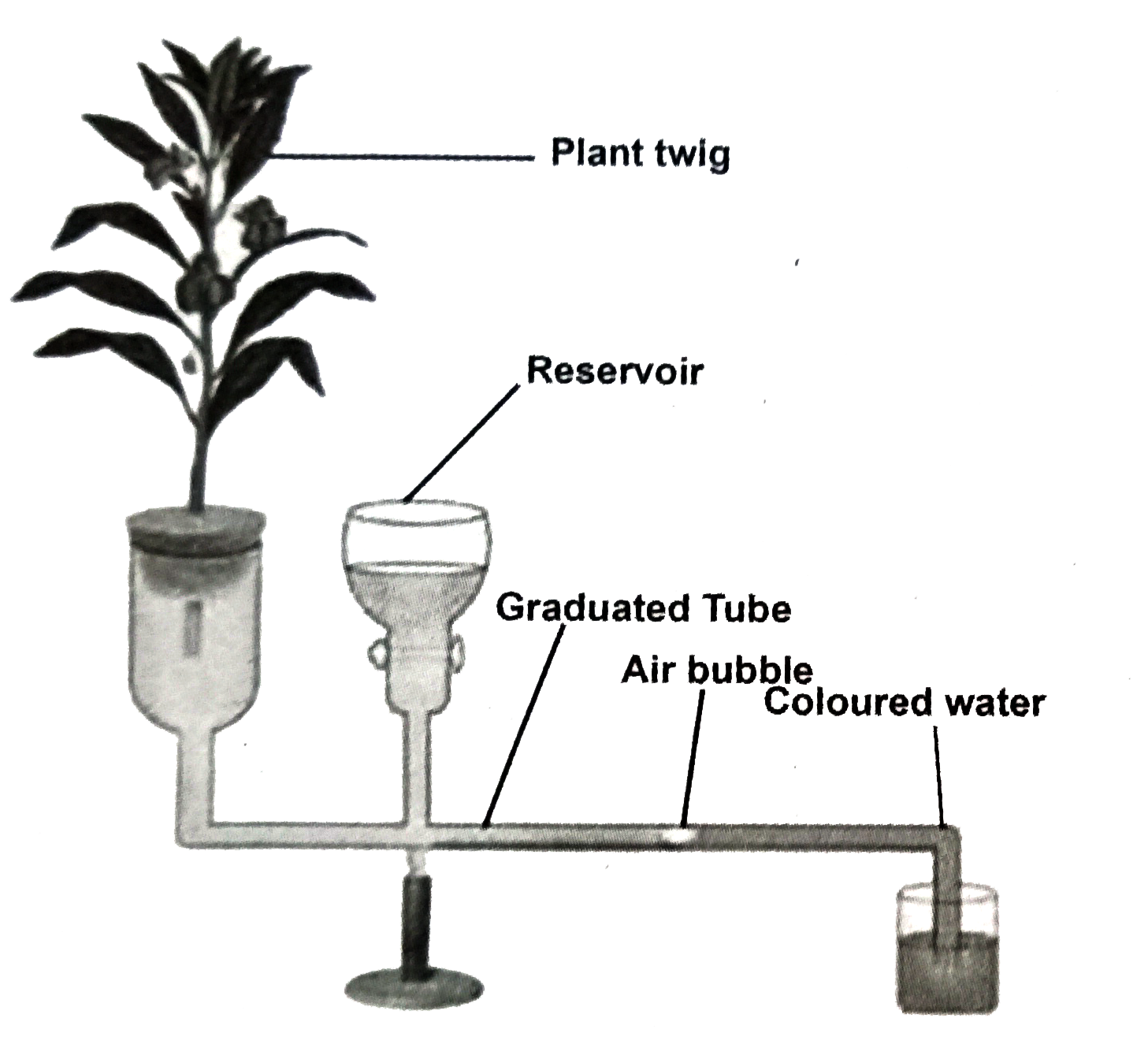Text Solution
Verified by Experts
|
Topper's Solved these Questions
TRANSPORT IN PLANTS
FULL MARKS|Exercise Additional Questions Solved (V). Higher Order Thinking Skills (HOTs))|6 VideosView PlaylistTRANSPORT IN PLANTS
FULL MARKS|Exercise Additional Questions Solved (III. Short Answer Type Questions)|25 VideosView PlaylistTISSUE LEVEL OF ORGANISATION
FULL MARKS|Exercise ADDITIONAL QUESTIONS SOLVED (II. ANSWER THE FOLLOWING QUESTIONS)|17 VideosView PlaylistTRENDS IN ECONOMIC ZOOLOGY
FULL MARKS|Exercise Additional Questions Solved ( Answer the following questions.)|99 VideosView Playlist
Similar Questions
Explore conceptually related problems
Knowledge Check
Similar Questions
Explore conceptually related problems
FULL MARKS-TRANSPORT IN PLANTS -Additional Questions Solved (IV). Long Answer Type Questions)
- Write a note on carrier protein.
04:09
|
Play - Write a note on solute potneital.
03:43
|
Play - Name the possible routes for the path of water across root cells.
03:17
|
Play - Tabulate the difference between active absoprtion and passive absorpti...
04:38
|
Play - Explain about Cohesion - Tension Theory .
04:17
|
Play - What are the types of transpiration?
01:24
|
Play - Give an account on Starch - Sugar Interconversion Theory.
04:25
|
Play - Describe the K^(+) Transport theory on transpiration .
02:40
|
Play - Draw the structure of hydathode
02:47
|
Play - Explain Ganong's Potometer experiment and its purpose.
02:11
|
Playing Now - Describe ringing experiment with diagram.
03:23
|
Play - Write in detail about Passive Absorption of minerals salts.
02:09
|
Play - Describe Lundegardh's Cytochrome Pump Theory .
02:46
|
Play - Explain Protein - Lecithin Theory.
02:35
|
Play
